The type of plot I am trying to achieve in R seems to have been known as either as moving distribution, as joy plot or as ridgeline plot:

There is already a question in Stackoverflow whose recorded answer explains how to do it using ggplot: How to reproduce this moving distribution plot with R?
However, for learning purposes, I am trying to achieve the same using only base R plots (no lattice, no ggplot, no any plotting package).
In order to get started, I generated the following fake data to play with:
set.seed(2020)
shapes <- c(0.1, 0.5, 1, 2, 4, 5, 6)
dat <- lapply(shapes, function(x) rbeta(1000, x, x))
names(dat) <- letters[1:length(shapes)]
Then using mfrow I can achieve this:
par(mfrow=c(length(shapes), 1))
par(mar=c(1, 5, 1, 1))
for(i in 1:length(shapes))
{
values <- density(dat[[names(dat)[i]]])
plot(NA,
xlim=c(min(values$x), max(values$x)),
ylim=c(min(values$y), max(values$y)),
axes=FALSE,
main="",
xlab="",
ylab=letters[i])
polygon(values, col="light blue")
}
The result I get is:

Clearly, using mfrow (or even layout) here is not flexible enough and also does allow for the overlaps between the distributions.
Then, the question: how can I reproduce that type of plot using only base R plotting functions?

